Packaging
The packaging is standard fare for ASUS ROG products over the past couple chipsets. This looks exactly similar to the Zenith Extreme just with the wording “alpha” added.
Accessories
The accessories with the Zeni are plentiful but there are some special callouts here.
- DIMM.2
- This has been redesigned as it how has a heatsink which helps keep speedy drives cool and also, strangely enough, makes it look like an extra thick DIMM
- Sleeved SATA Cables
- The board comes with 4 standard plastic sheathed cables but also two fiber sleeved units which will be a nice aesthetic for those still employing SATA based storage.
- ROG USB Drive
- Yes ASUS has been doing this for a while but it is still awesome and so many still do not do this. having all of the drivers on a USB is a huge help as many builds do not include optical drives any longer.
- Fan Extension board
- This connects to the motherboard and gives you several additional controllable fan ports along with thermal probe headers.
The Board
Taking our first look at the entiure Zenith Extreme Alpha board and there are a few things that come to mind. First is the massive VRM heatsink which makes its way across the entire top edge of the board. Also, the fact that it also hooks to another large heatsink to the left via heatpipe.
A Closer Look
The Zenith Extreme alpha has a bevy of PCIe slots and should easily support up to three dual slot cards, or multiple HBA’s. the slot spacing they are doing the best with what they can as the VRM sink at the top takes some room along with the gargantuan TR4 socket. Therefore the slots are spaced the best they realistically could be with as much lane allocation possible from the CPU.
The lower edge of the board houses large swath of connectivity. (Left to right)
- Front Panel Audio Header
- TPM Header
- 4 Pin PATA Supplemental power
- RGB 4 pin (5050 style) header
- RGB 3 pin Addressable header
- ASUS NODE header
- 2x USB 2.0 headers
- USB 3.0 20 pin header
- Slow mode Switch
- RSVD switch
- Retry Button
- 2x 4 pin fan ports
- 3 pin water pump header
- Post-Speaker Header & Front panel header
- Water in/out thermal probe headers
The rear panel I/O is nothing to scoff at as it has a full load of high-speed connections. (Left To Right)
- Bios Flashback Button (bottom) CMOS Clear Button (top)
- 8x USB 3.1 Gen 1 Type A ports
- 3x USB 3.1 Gen 2 Type A ports
- 1x USB 3.1 Gen 2 Type C port
- 1x 10Gb RJ45 port (powered by Aquantia AQC107)
- 1x 1Gb RJ45 port (powered by Intel I211-AT)
- Dual WiFi/Bluetooth Antennae ports
- 8.1 Channel gold plated audio ports color lit for easy connectivity in dark (Powered by SupremeFX S1220) aka Realtek ALC1220
- S/PDIF Optical port (Powered by SupremeFX S1220) aka Realtek ALC1220
The storage side of things we find 8x SATA ports which are fed directly from the X399 chipset. To the right of the SATA, you have another USB 3.0 20 pin header and also a USB 3.0 Gen 2 onboard header.
The SupremeFX audio solution has a large array of Nichicon caps along with other goodies to help give a better than meh experience for audio duties. That’s not to say its the end all tell all but ASUS have gotten progressively better in their audio solutions and in ensuring they have some solid component choices in place when building out their studio solutions.
The top right of the PCB on the Zenith Extreme Alpha is not as packed as we have come to expect with overclocking features and whatnot. There is apparently more serious stuff to get up here. There is many of the necessary buttons needed for bench use right here but others shifted to the lower board edge as we saw previously.
- Reset Button
- Power Button
- Dual 8 Pin EPS connectors
- Dual LED headers (4 pin 5050 & 3 pin ARGB)
- Fan header for VRM cooler
- DIMM.2 slot
Here you can see the Dual 8 pin power connectors to feed the AMD monster. Also you can see the full DIMM.2 slot which is used to house up to two PCIe M.2 devices.
Lets pop the top and see what is under the Zenith Extreme Alpha’s covers.
 Bjorn3D.com Bjorn3d.com – Satisfying Your Daily Tech Cravings Since 1996
Bjorn3D.com Bjorn3d.com – Satisfying Your Daily Tech Cravings Since 1996
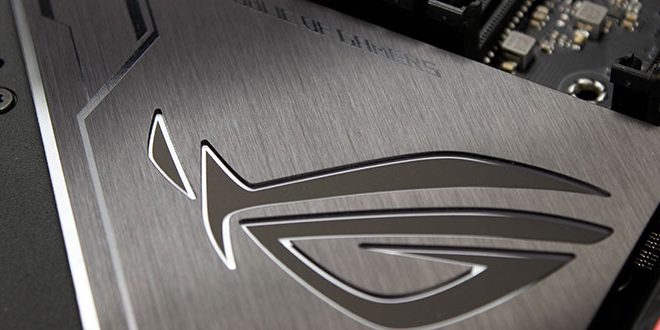


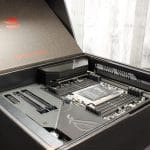

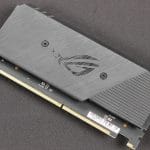
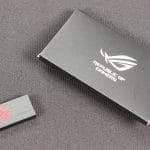
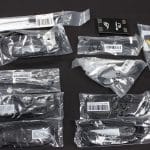
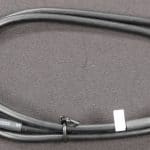
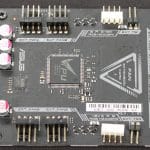
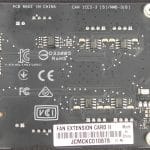

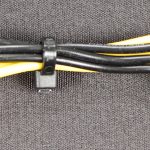
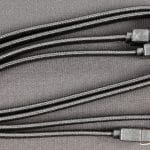



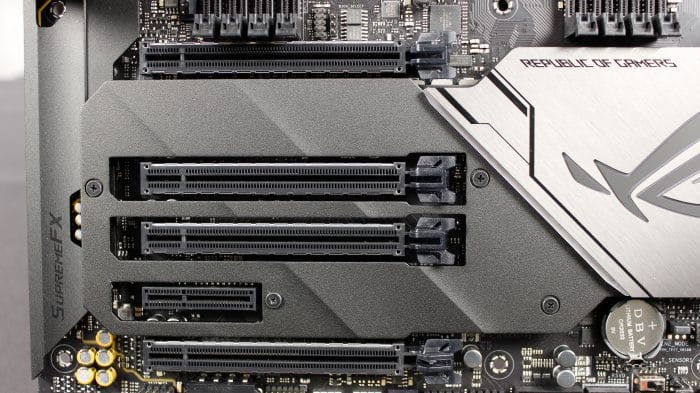




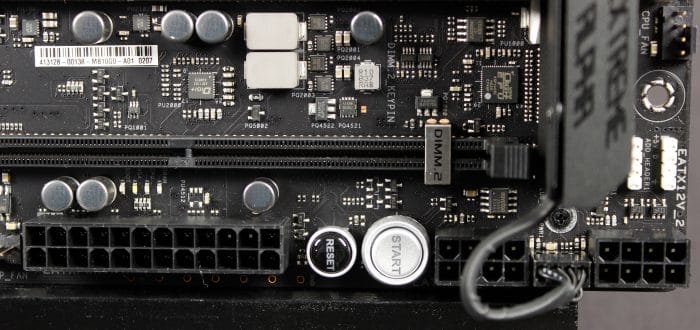
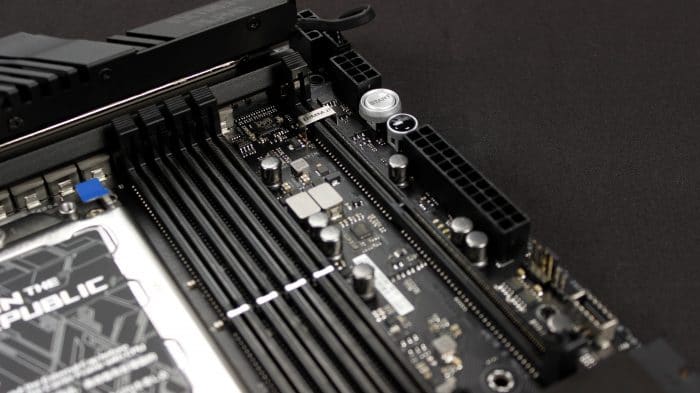








Best of the best X399 boards 🙂